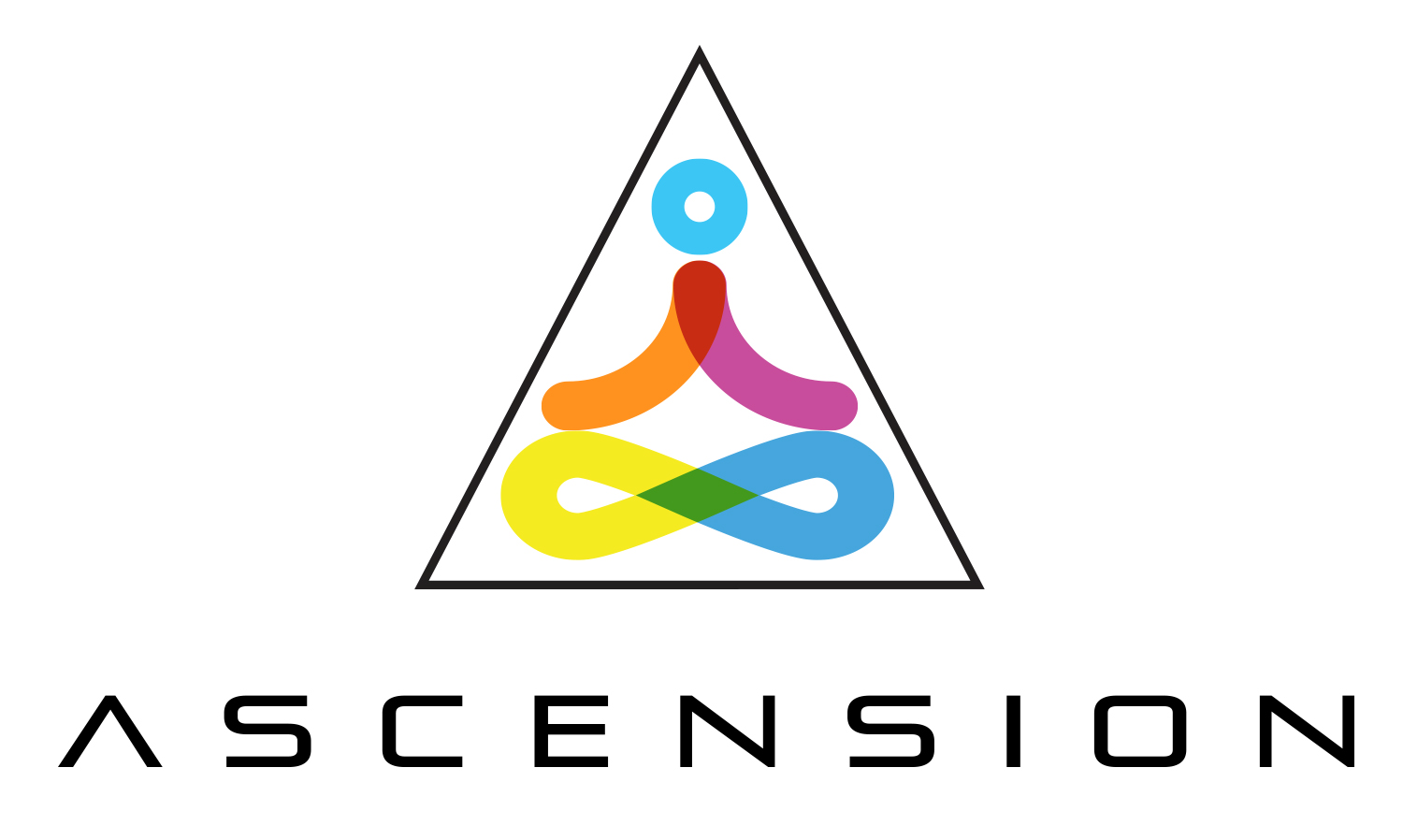
From skin to hair, scabs and even tears, the external appearance of the body can offer clues about the state of your health.
But there’s another part of the anatomy that’s often overlooked: the feet.
Feet are wired up to nerve fibre tracts from the brain so you can stand, balance and wiggle your toes. They’re also plumbed by blood vessels, which lead all the way from the heart.
The appearance and function of our feet, then, can indicate viral infections, diseases of the cardiovascular system and even neurological disorders. Here are a couple of examples.
Hand, foot and mouth disease (HFM)
Infectious diseases tend to affect different parts of the body.
Measles usually starts off on the face, or in the mouth, as little spots that look like grains of sugar. Pityriasis versicolor, a type of fungal infection tends to begin and stay on the torso. The reasons why they tend to affect these areas is not well understood.
HFM disease begins in exactly these areas. It’s caused by a virus known as coxsackie, and tends to produce raised pink-red spots, that can blister and weep. The name is a bit of a misnomer — the rash can also affect the legs and buttocks too. Noticing a new rash on the feet should prompt a doctor to consider HFM.
HFM is a common childhood illness that’s very contagious. Thankfully, it’s also usually short lived, clearing without treatment after a few days.
It shouldn’t be confused with foot and mouth – or better, hoof and mouth, however. Foot and mouth is a different virus from HFM that (mainly) affects cloven-hoofed animals, like cows and sheep. This is the disease that resulted in a UK epidemic back in 2001.
Heart, vessels and feet
Our circulatory system supplies blood to every part of the body – from the crown of the head, to the tips of the toes. By the time blood vessels reach these extremities, like twigs from a tree, they have branched and got much smaller in size.
At some point, we’ve all experienced the discomfort of icy cold feet, especially when going barefoot around the house or during chillier days. It’s normal for feet to feel cool to the touch, but they should not change colour from their usual skin colour to blue – nor should they ever get painfully cold.
Severe symptoms of discolouration and pain can point toward a phenomenon called blue-toe syndrome. It can be triggered by tiny little masses called micro-emboli, comprised of blobs of cholesterol. These emboli pass easily through large vessels but will struggle as they become smaller.
On reaching the smaller vessels of the feet, they finally become stuck, cutting off the blood supply. The tissues then become starved of oxygen causing the feet to change colour and become painful.
In serious cases, blue-toe syndrome can lead to tissue death, breakdown and the formation of gangrene, which may require amputation of toes – or even the whole foot.
This rare condition is sometimes called “trash foot”, because of the way in which the feet become so discoloured.
What’s the underlying cause of these tiny cholesterol fragments? Most likely aneurysms and atherosclerosis – vessels that have ballooned or hardened upstream of the feet. When trash foot does occur, it is often following surgical treatment for these conditions, such as aortic aneurysm repair. The procedures disrupt the vessel, which can cause emboli to break off.
As well as trash foot, there are other signs in the feet that can point towards cardiovascular disease. Raised red swellings appearing on the feet (as well as the hands) can indicate an infection of the heart called bacterial endocarditis. These can be painless – in which case we call them Janeway lesions – or sore, which are called Osler’s nodes.
The Babinski sign
The toes can signal issues with the nervous system too.
If you’ve ever watched ER or Grey’s Anatomy and heard one of the characters shout “upgoing plantars!” during a patient examination, you know they’re referring to the Babinski reflex. After finding the upgoing plantar, the doctor may then have creased their brow with worry – and for good reason.
The Babinski sign is a simple test which involves stroking the sole of the foot with a blunt ended instrument to check the response of the toes. This is the plantar reflex – plantar relating to the sole of the foot. Normally, when this reflex is triggered, the toes should curl under or flex downwards towards the sole.
It the big toe points upwards, and the smaller toes fan out, this is an “upgoing plantar” response – also known as the Babinski sign, named after the neurologist Joseph Babinski who first described it. It is normal to find this response in babies, whose nervous systems are undergoing development and not capable of all the motor functions of an adult.
In adults, however, finding the Babinski sign is an altogether different story. Most commonly, it signifies that a stroke is disrupting the normal brain circuitry that controls the feet.
Other causes include multiple sclerosis and (rarely) drug intoxication. In some otherwise healthy people, though, the Babinski sign can be observed during deep sleep.
The scope is much wider than just these conditions. Diabetes, kidney failure and even thyroid disorders can affect the feet. They are, therefore, important indicators of our health so regular checks are essential – and seek medical advice if you notice any pain, discolouration or rashes.
Original article here




 When I was at school in the UK in the 90s and early 2000s, there were no systematic campaigns to tackle the wider problem of bullying. Teachers would chastise certain behaviours – if they were observed. But the responsibility was on the student to report the problem, which means that many cases were ignored. Some teachers would tacitly endorse bullying by turning a blind eye to obvious issues, while others – a rare but toxic minority – actively sided with the bullies.
When I was at school in the UK in the 90s and early 2000s, there were no systematic campaigns to tackle the wider problem of bullying. Teachers would chastise certain behaviours – if they were observed. But the responsibility was on the student to report the problem, which means that many cases were ignored. Some teachers would tacitly endorse bullying by turning a blind eye to obvious issues, while others – a rare but toxic minority – actively sided with the bullies. At the level of the classroom, the children themselves hold meetings to discuss the nature of bullying – and the ways that they can help students who are the victims of bad behaviour. The aim, in all of this, is to ensure that the anti-bullying message is engrained in the institution’s culture.
At the level of the classroom, the children themselves hold meetings to discuss the nature of bullying – and the ways that they can help students who are the victims of bad behaviour. The aim, in all of this, is to ensure that the anti-bullying message is engrained in the institution’s culture. She emphasises that the adult must take the child’s concerns seriously – even if they seem trivial from an outside perspective – while also keeping a clear head. “Listen thoroughly and try to keep your emotions in check as you hear them out.” The caregiver should avoid making hasty suggestions of how the child can deal with the problem, since this can sometimes create the sense that the victim is somehow to blame for the experience.
She emphasises that the adult must take the child’s concerns seriously – even if they seem trivial from an outside perspective – while also keeping a clear head. “Listen thoroughly and try to keep your emotions in check as you hear them out.” The caregiver should avoid making hasty suggestions of how the child can deal with the problem, since this can sometimes create the sense that the victim is somehow to blame for the experience.
 Proper Vitamin D intake is also crucial to a calcium-rich diet. The vitamin helps the gut absorb calcium and helps the kidneys break down and reabsorb calcium that would otherwise be excreted through our urinary tracts. Without it, this bone-building mineral would pass right through our bodies. Vitamin D is rarely found naturally in food, so most people soak it up through sunlight. Those living in northern latitudes where sunlight is scarce such as Chicago, the Dakotas, or Canada can turn to vitamin D-fortified foods like cereal and milk. Whether it’s obtained by basking in the sun’s rays or enjoying an ice-cold glass of milk, the FDA recommends about 800 to 1,000 international units of vitamin D daily.
Proper Vitamin D intake is also crucial to a calcium-rich diet. The vitamin helps the gut absorb calcium and helps the kidneys break down and reabsorb calcium that would otherwise be excreted through our urinary tracts. Without it, this bone-building mineral would pass right through our bodies. Vitamin D is rarely found naturally in food, so most people soak it up through sunlight. Those living in northern latitudes where sunlight is scarce such as Chicago, the Dakotas, or Canada can turn to vitamin D-fortified foods like cereal and milk. Whether it’s obtained by basking in the sun’s rays or enjoying an ice-cold glass of milk, the FDA recommends about 800 to 1,000 international units of vitamin D daily.